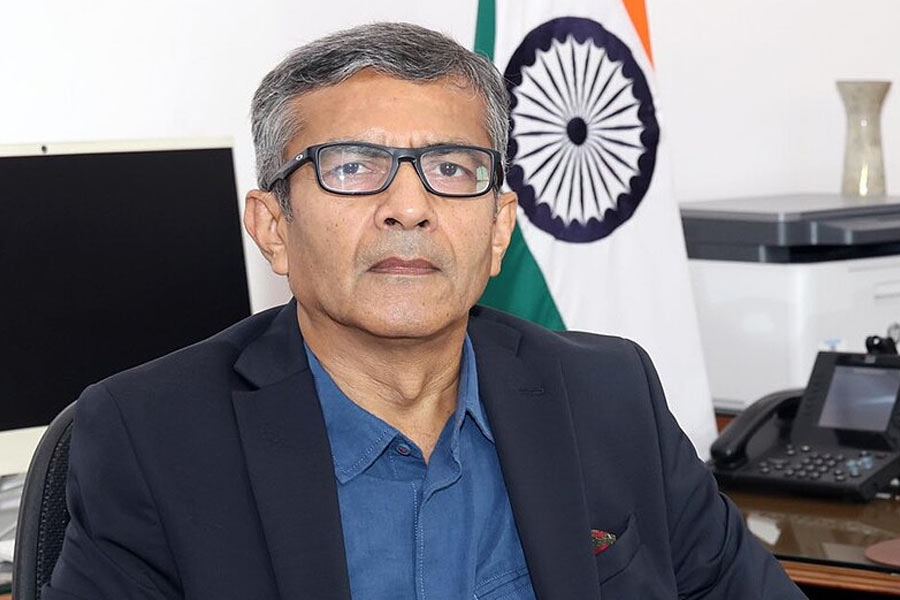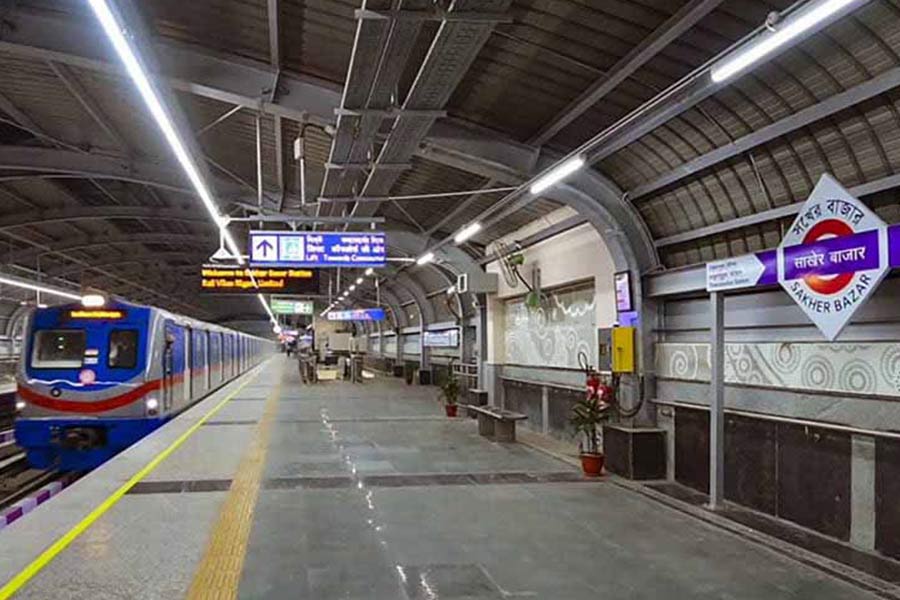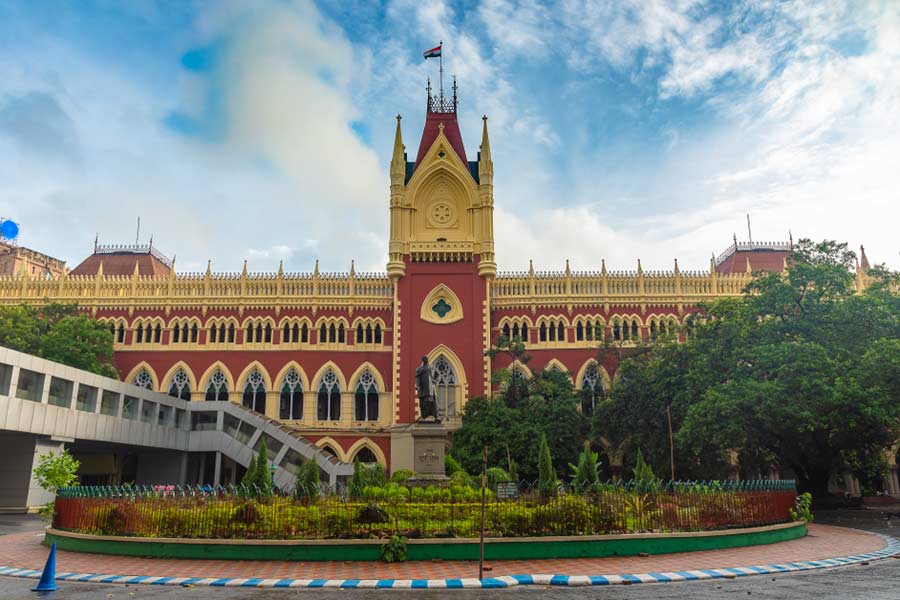 |
| Similipal Wildlife Sanctuary |
Balasore, June 16: The dwindling number of visitors to the Similipal Wildlife Sanctuary has triggered concerns among the authorities.
The sanctuary, which closed to tourists from today because of the monsoon, has been witnessing a decline in the number of visitors since Maoist activities began in its vicinity in 2008. The overall decline in tourist inflow in the last 15 years has been around 50 per cent.
“The number of tourists coming here has been falling drastically because of several reasons. While the activities of Maoists have been the prime deterrent, infrequent sighting of wildlife has been another major factor,” said Sanjukta Basha, honorary wildlife warden, Mayurbhanj.
“With more restrictions on tourists and very few facilities, the decline was but natural,” she said. In 2009-10, the sanctuary was closed because of Maoist fear. The official figures for the subsequent year (2010-11) show that 5,693 tourists, including 44 foreign nationals, visited the sanctuary.
There was some improvement in 2011-12 with about 12,000 tourists, including 85 foreigners, visiting to the park. In contrast, the sanctuary had welcomed 24,000 visitors in 1997-98; it was more than 20,000, including 182 foreign tourists, in 2008-09.
“The tourist inflow here was quite satisfactory till 2008 when we received a jolt because of the Maoist menace. Now, we allow tourists to visit only during the daytime and impose certain restrictions. The night watch stations, Chahala and Joronda, have been closed because there are no lights,” said Bikash Dash, deputy director, Simlipal Tiger Reserve.
Referring to the decision to shut the sanctuary to visitors during monsoon, he said: “During this closure period, we will concentrate on shifting tribal people from villages in the core area under a rehabilitation package.”
There is human habitation in 61 villages, including four in the core area of the sanctuary. The villages in the core area are Jenabill, Jamuna, Kabatkhai and Bakua.
While around 70 families have been rehabilitated from Jenabill village, efforts are on to convince the rest of the families to move.
“A Rs 10-lakh package has been given to each family while each person above 18 is considered as one unit of family for rehabilitation. Package within this amount includes a house, agricultural land and other facilities,” said Bijay Kumar Panda, divisional forest officer, Baripada.
“Apart from our prime focus to move the tribal people from the core region, it is a priority for us to strengthen road connectivity. We are planning to develop the tourist road connecting Kaliapani and Balarampur, a 40-km stretch, into an all-weather road,” he said.
The elephant census has been completed at the sanctuary, but the figures are yet to be compiled.










